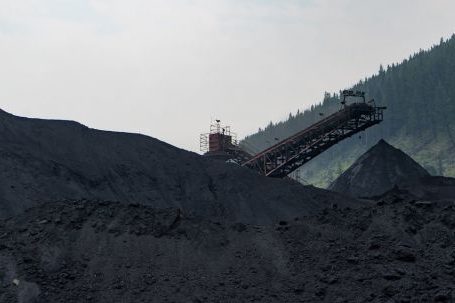Nature is a true artist, painting the Earth with a diverse array of masterpieces that captivate and inspire us. From the breathtaking beauty of a snow-capped mountain peak to the delicate intricacy of a wildflower, every detail is carefully crafted. And where can we find the greatest collection of these masterpieces? In terrestrial ecosystems.
The Wonder of Biodiversity
Terrestrial ecosystems are home to an astounding variety of life forms. Each ecosystem has its own unique blend of plants, animals, and microorganisms, all working together in a delicate balance. From lush rainforests teeming with life to vast grasslands stretching as far as the eye can see, these ecosystems are a testament to the wonders of biodiversity.
The Complexity of Interactions
Within these ecosystems, every organism plays a role in the intricate web of life. Predators and prey, pollinators and plants, all depend on each other for survival. This complex network of interactions ensures that the ecosystem remains healthy and resilient. It is a constant dance of life, where each step is crucial to the grand symphony of nature.
Adaptations for Survival
In terrestrial ecosystems, organisms have adapted to the unique challenges of their environment. From the long neck of a giraffe to the camouflage of a chameleon, these adaptations allow species to thrive in their specific habitats. It is a testament to the incredible resilience and ingenuity of nature.
The Beauty of Landscapes
Terrestrial ecosystems also offer some of the most awe-inspiring landscapes on our planet. From the towering cliffs of the Grand Canyon to the serene beauty of a desert oasis, these landscapes are a testament to the power and beauty of nature. They provide us with a sense of wonder and remind us of our connection to the Earth.
The Importance of Ecosystem Services
Beyond their aesthetic value, terrestrial ecosystems provide us with a wide range of essential services. Forests, for example, act as carbon sinks, helping to mitigate climate change. Wetlands purify water and provide habitat for countless species. Grasslands help to prevent soil erosion and support agricultural productivity. These ecosystem services are vital for our survival and well-being.
Threats to Terrestrial Ecosystems
Sadly, terrestrial ecosystems are facing numerous threats. Deforestation, habitat destruction, pollution, and climate change are all taking a toll on these fragile ecosystems. The loss of biodiversity and the degradation of habitats not only harm the natural world but also have profound consequences for human society. It is crucial that we take action to protect and restore these ecosystems.
Conservation Efforts and Hope for the Future
Despite the challenges, there is hope for the future of terrestrial ecosystems. Conservation organizations and individuals around the world are working tirelessly to protect and restore these valuable habitats. From reforestation projects to the establishment of protected areas, their efforts are making a difference. By supporting these initiatives and advocating for sustainable practices, we can help ensure that terrestrial ecosystems continue to thrive for generations to come.
A Call to Appreciation
Terrestrial ecosystems are true sanctuaries for nature’s masterpieces. They are a testament to the beauty, complexity, and resilience of life on Earth. As we marvel at the wonders of these ecosystems, let us also recognize our responsibility to protect and preserve them. By doing so, we not only safeguard the natural world but also ensure a sustainable future for ourselves and future generations. It is a call to appreciation, a call to action, and a call to safeguard the treasures that terrestrial ecosystems hold.





